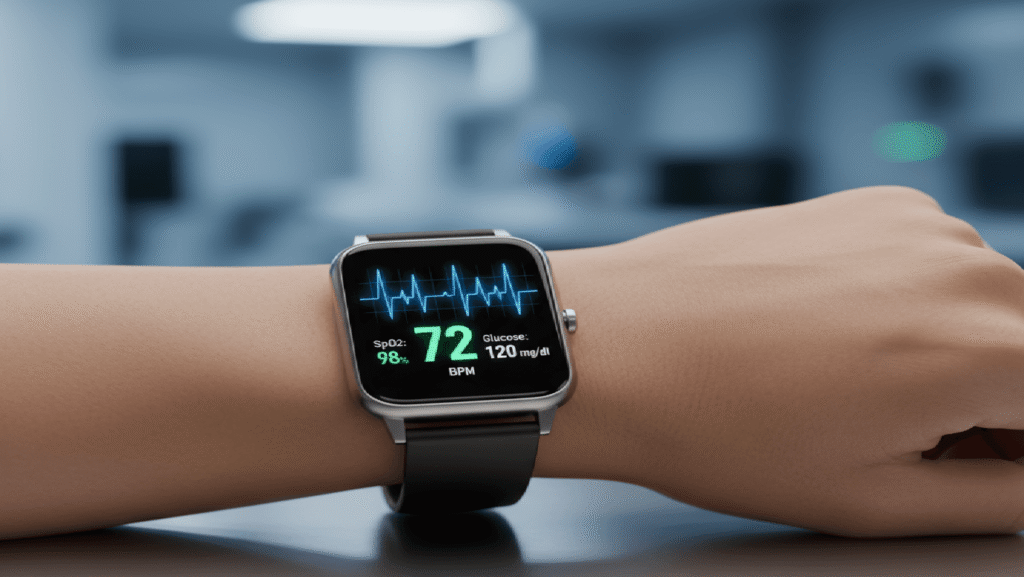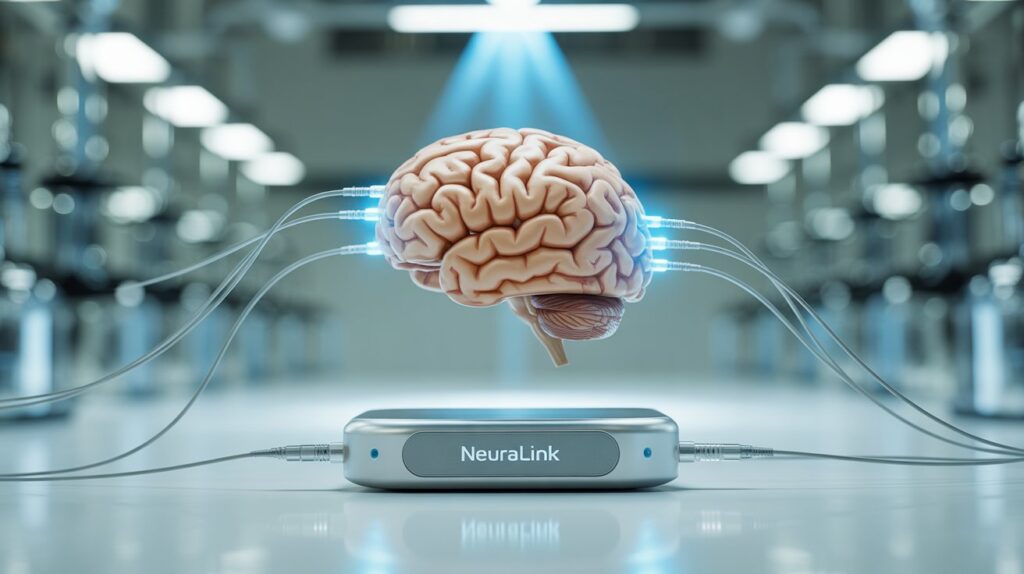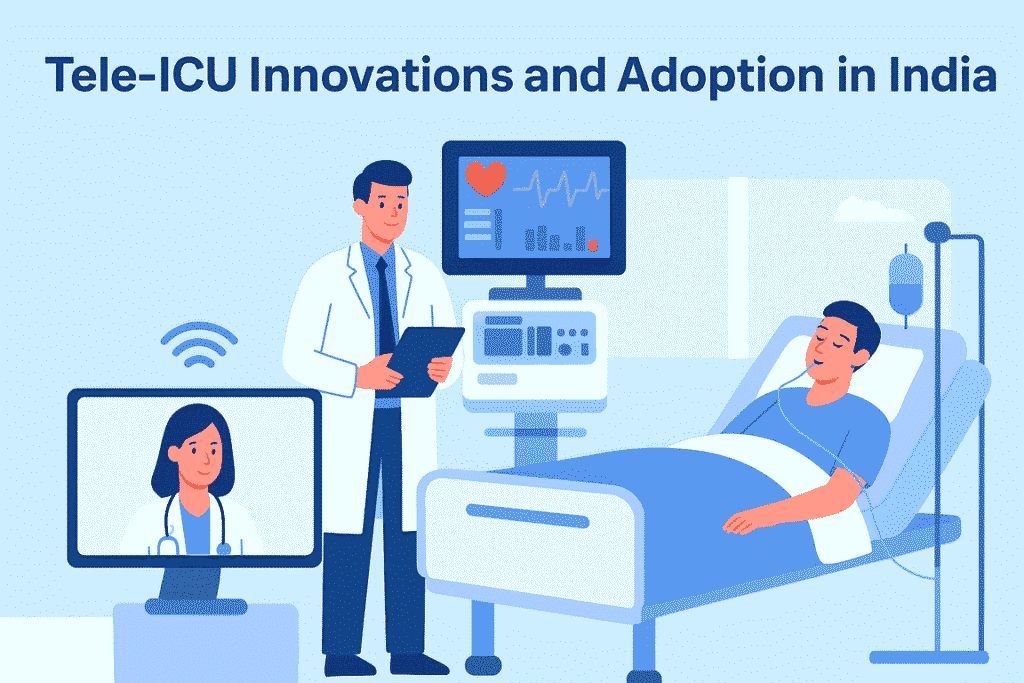Wearable health devices are revolutionizing chronic disease management by enabling continuous, real-time monitoring and personalized care. From glucose sensors to smartwatches with ECG capability, these devices empower patients to take proactive control of their health. To fully harness the benefits of wearables, patients and caregivers need practical strategies. This guide offers expanded, detailed tips for integrating wearables into everyday disease management.
1. Choose the Right Device Based on Your Condition and Needs
Wearables come in multiple forms—wristbands, patches, rings, clip-ons—and offer a range of monitoring functions. For diabetes, continuous glucose monitors (CGMs) provide invaluable insights into blood sugar trends without finger-pricks. Cardiovascular patients benefit from wearable ECGs that detect arrhythmias early. Chronic respiratory disease patients should consider pulse oximeters and respiratory rate monitors.
Tip: Research different models, consider device accuracy, comfort, battery life, and smartphone compatibility. Consult your healthcare provider for recommendations tailored to your condition and treatment goals.
2. Commit to Consistent and Correct Usage
Regular use is critical for reliable data capture. Wear your device as prescribed, ensuring correct placement (e.g., wrist, upper arm, chest) according to manufacturer guidelines. Some devices require periodic calibration or skin preparation for optimal functioning.
Tip: Set reminders for charging, sensor replacement, or calibration to avoid data gaps. Consider waterproof devices if you swim or shower frequently.
3. Sync and Review Your Data Frequently
Wearables rely on companion smartphone apps or cloud platforms to display trends and deliver alerts. Regular syncing ensures no data loss and allows earlier identification of adverse changes in health status.
Tip: Allocate time weekly to review your metrics, charts, and alerts. Look for patterns that correlate with lifestyle factors, medication adherence, or symptoms, so you can discuss these insights with your care team.
4. Personalize Alerts to Balance Safety and Comfort
Many devices send notifications when metrics exceed predefined limits. While helpful, excessive alerts can lead to “alarm fatigue” causing users to ignore warnings.
Tip: Work with your healthcare provider to customize alert thresholds based on your unique health profile. Adjust notification preferences—sounds, vibrations, or visual cues—to your lifestyle preferences.
5. Leverage Wearable Insights to Promote Healthy Habits
Beyond monitoring, wearables encourage lifestyle improvements through habit coaching, sleep tracking, exercise goals, and stress management tools like guided breathing or meditation apps integrated into the ecosystem.
Tip: Use these features to enhance daily routines—aiming for regular physical activity, improving sleep quality, and managing emotional well-being—as these factors play a pivotal role in chronic disease control.
6. Prioritize Software Updates and Data Security
Developers regularly release software and firmware updates to enhance performance and patch security vulnerabilities.
Tip: Enable automatic updates if available and review app permissions. Use strong, unique passwords for accounts linked to wearable data. Understand the privacy policies to ensure your information is protected under healthcare regulations wherever applicable.
7. Use Wearables as an Extension of Professional Care
Wearables provide continuous data but are not standalone diagnostic tools. Integration with healthcare providers is key to translating data into actionable treatments.
Tip: Share wearable reports during consultations or via telehealth portals. Discuss significant trends, medication responses, or worsening symptoms with your provider to optimize your care plan.
8. Combine Wearable Technology with Traditional Healthcare
Wearables complement routine blood tests, imaging, and clinical evaluations.
Tip: Keep up with regular doctor visits and diagnostic testing even when wearable data appears stable. Wearables enhance but do not replace comprehensive medical assessment.
9. Educate Yourself and Stay Motivated
Understanding device functionalities, limitations, and how to interpret readings increases patient confidence and engagement.
Tip: Participate in educational webinars or join support groups focused on wearable technologies and chronic disease management. Sharing experiences with peers can improve adherence and motivation.
the takeaway
Wearable health technology empowers individuals managing chronic diseases with continuous, personalized data and actionable insights. By choosing appropriate devices, committing to consistent use, customizing alerts, and integrating data with professional care, patients can achieve enhanced control over their health journeys. Combining emerging technology with validated medical practices holds the promise of reducing complications, improving quality of life, and enabling a proactive, preventive approach to chronic illness management.








